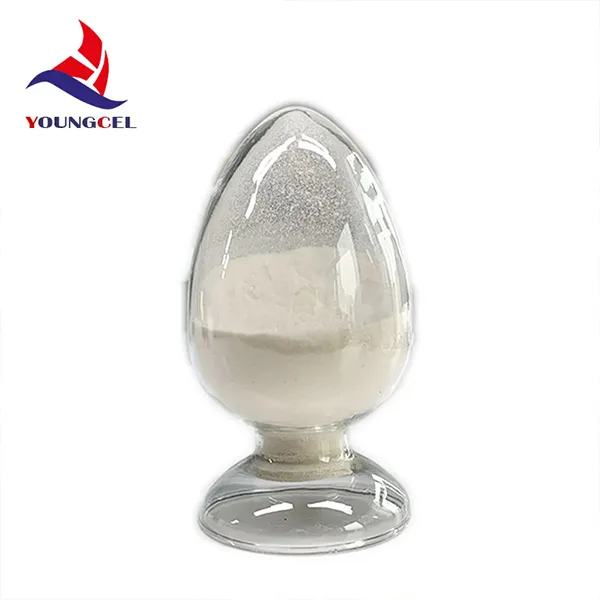The Role of Adhesion Additives in Modern Manufacturing
In the world of materials science and manufacturing, adhesion plays a critical role in ensuring the durability and performance of products. Adhesion additives are substances that enhance the ability of different materials to bond together. These additives are essential in a variety of industries, such as coatings, adhesives, plastics, and composites. They improve the bond strength, enhance the performance of products, and extend their service life. This article explores the significance of adhesion additives, their mechanisms, and their applications in modern manufacturing.
Understanding Adhesion
Adhesion refers to the tendency of dissimilar surfaces to cling to one another. This property is vital for ensuring that coatings adhere to substrates, adhesives bond materials together, and various components maintain their integrity under stress. Factors affecting adhesion include surface energy, cleanliness, and the chemical and physical nature of the materials involved. Adhesion additives come into play by modifying these factors to create optimal bonding conditions.
Types of Adhesion Additives
Adhesion additives can be broadly classified into several categories based on their function and application
1. Surface Modifiers These additives alter the physical and chemical properties of surfaces to increase their affinity for adhesives and paints. They work by increasing surface energy or promoting better wettability.
2. Functional Fillers Certain fillers, when added to adhesives and coatings, can enhance adhesion by providing roughness or additional bonding sites. This mechanical interlocking can significantly increase the bond strength.
3. Chemical Coupling Agents These substances chemically interact with both the adhesive and the substrate, creating a stronger and more durable bond. Silanes and titanates are common examples of coupling agents that enhance adhesion, especially in composite materials.
4. Surfactants These additives help in decreasing the surface tension of liquids, ensuring better spreading and wetting on surfaces. This property is especially important in coatings, where uniform application leads to improved adhesion.
adhesion additive

5. Adhesion Promoters As the name suggests, these additives specifically promote adhesion between materials. They can function by improving surface characteristics or through chemical bonding mechanisms.
Mechanisms of Action
The effectiveness of adhesion additives is attributed to several mechanisms
- Wettability Improvement By increasing the wettability of surfaces, these additives allow adhesives or coatings to spread more efficiently, filling voids and enhancing contact area. - Chemical Bonding Adhesion promoters can form covalent or ionic bonds with the substrate, leading to a strong interfacial connection. - Mechanical Interlocking Additives that create texture or roughness on surfaces can result in mechanical interlocking, which is often crucial for achieving strong bonds in composites or layered materials.
Applications in Manufacturing
The application of adhesion additives spans numerous industries
- Coatings In the automotive and aerospace industries, adhesion additives are crucial for ensuring paint and coatings adhere properly to surfaces, contributing to corrosion resistance and aesthetic appeal. - Adhesives In the construction and furniture sectors, high-performance adhesives with adhesion additives ensure that materials like wood, metal, and plastic bond effectively, providing strength and stability. - Plastics and Composites Adhesion additives enhance the properties of plastics and composites, making them suitable for use in demanding environments such as electronics, automotive components, and construction materials.
Conclusion
In conclusion, adhesion additives are vital components in modern manufacturing processes. They enhance the ability of materials to bond effectively, leading to improved performance, longevity, and reliability of products. As industries continue to evolve and face new challenges, the development and application of innovative adhesion additives will play a crucial role in advancing technology and material science, ensuring that the products of the future meet the highest standards of quality and durability.
-
The Application and Significance of Construction RdpNewsMay.19,2025
-
Industrial Grade HpmcNewsMay.19,2025
-
Building Coating Adhesive Building Coating Adhesive HpmcNewsMay.19,2025
-
Application Of Hpmc For Detergent For Detergent In DetergentsNewsMay.19,2025
-
Application Of Hpmc Cellulose In Cement-Based MaterialsNewsMay.19,2025
-
Application Of High Quality Hpmc For Construction In The Field Of ConstructionNewsMay.19,2025




